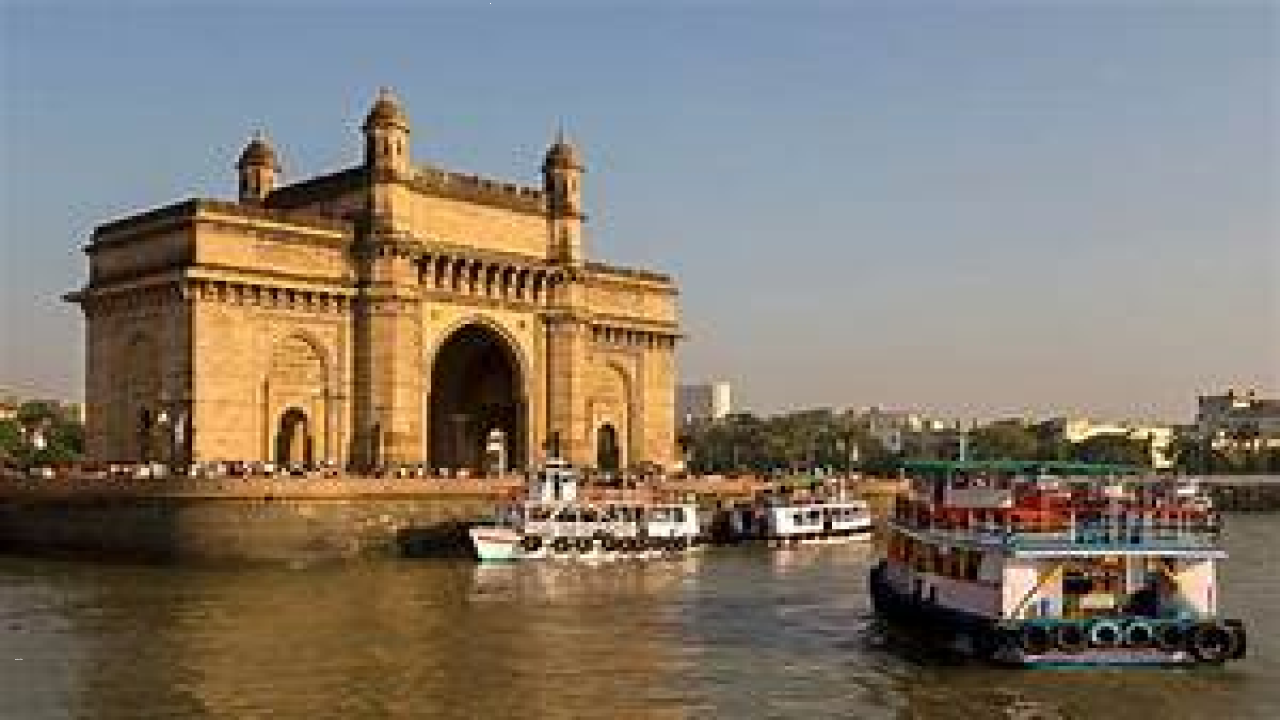Morphology Of Indian Cities
Indian cities have a rich history and culture, with urban settlements dating back thousands of years. Over time, Indian cities have developed unique morphologies, characterized by their diverse architecture, urban planning, and social organization.
History of Indian Cities
The history of Indian cities dates back to the Indus Valley Civilization, which flourished around 2600 BCE. The cities of the Indus Valley were characterized by sophisticated urban planning, with streets laid out in a grid pattern and advanced systems of water management.
In the medieval period, Indian cities were centers of trade and culture, with the development of commercial hubs such as Delhi, Jaipur, and Ahmedabad. These cities were characterized by the development of fortifications, palaces, and religious structures, which showcased the wealth and power of the ruling class.
During the colonial period, Indian cities were shaped by European influences, with the development of cities such as Mumbai, Kolkata, and Chennai. These cities were characterized by the development of new urban forms, such as the gridiron plan and the garden city.
Types of Indian Cities
Indian cities can be classified into various types based on their morphology, urban planning, and social organization. Some of the common types of Indian cities are:
- Historic Cities: These cities are characterized by their rich history and culture, with a focus on preserving their heritage architecture, urban planning, and social customs. Examples of historic cities in India include Jaipur, Udaipur, and Varanasi.
- Industrial Cities: In this type of city, the focus is on industrial development, with a focus on manufacturing and economic growth. Examples of industrial cities in India include Mumbai, Chennai, and Ahmedabad.
- Tourist Cities: These cities are focused on attracting tourists, with a focus on cultural and heritage tourism. Examples of tourist cities in India include Agra, Jaipur, and Goa.
Morphology of Indian Cities
The morphology of Indian cities refers to their physical form, structure, and layout. Some of the common morphological features of Indian cities are:
- Architecture: Indian cities are characterized by their diverse architecture, which reflects the cultural, religious, and historical influences that have shaped them over time. Examples of Indian architecture include Mughal architecture, Rajput architecture, and Dravidian architecture.
- Street Patterns: Indian cities often have complex street patterns, with narrow, winding streets that follow the contours of the land. These streets can be crowded and chaotic, but they also provide a sense of intimacy and community.
- Public Spaces: Indian cities often have vibrant public spaces, such as bazaars, temples, and parks, which serve as meeting places for the community. These spaces can be used for festivals, markets, or other social activities.
Issues Facing Indian Cities
Indian cities face a variety of issues that can impact their sustainability and livability. Some of the common issues facing Indian cities include:
- Overcrowding: Many Indian cities are experiencing overcrowding, with high population densities leading to issues such as traffic congestion, air pollution, and inadequate housing.
- Economic Inequality: Indian cities can exacerbate economic inequality, with high-income areas often located in close proximity to low-income areas. This can lead to social segregation and limited access to public services and amenities.
- Environmental Degradation: Indian cities can have a significant impact on the environment, with issues such as air pollution, water pollution, and climate change being major concerns.
- Infrastructure: Many Indian cities lack basic infrastructure such as adequate public transportation, affordable housing, and access to healthcare and education. This can lead to social and economic inequality and limit the livability of urban areas.


